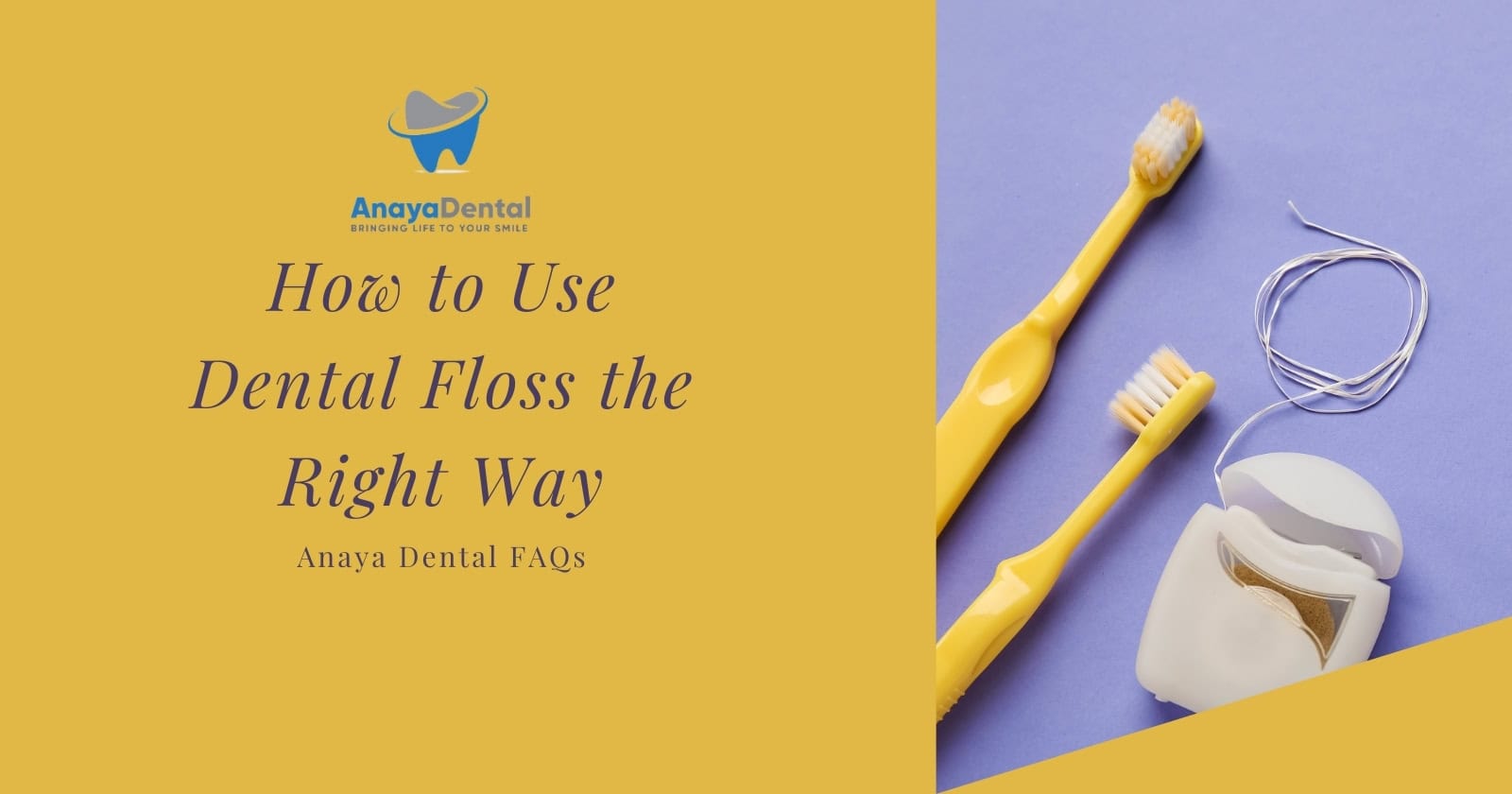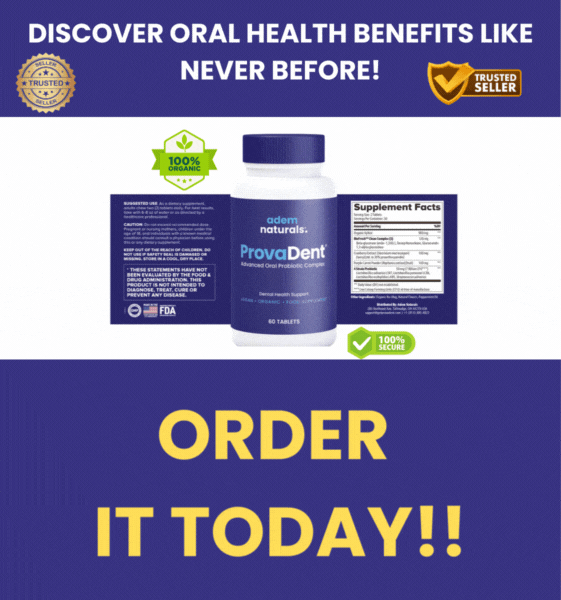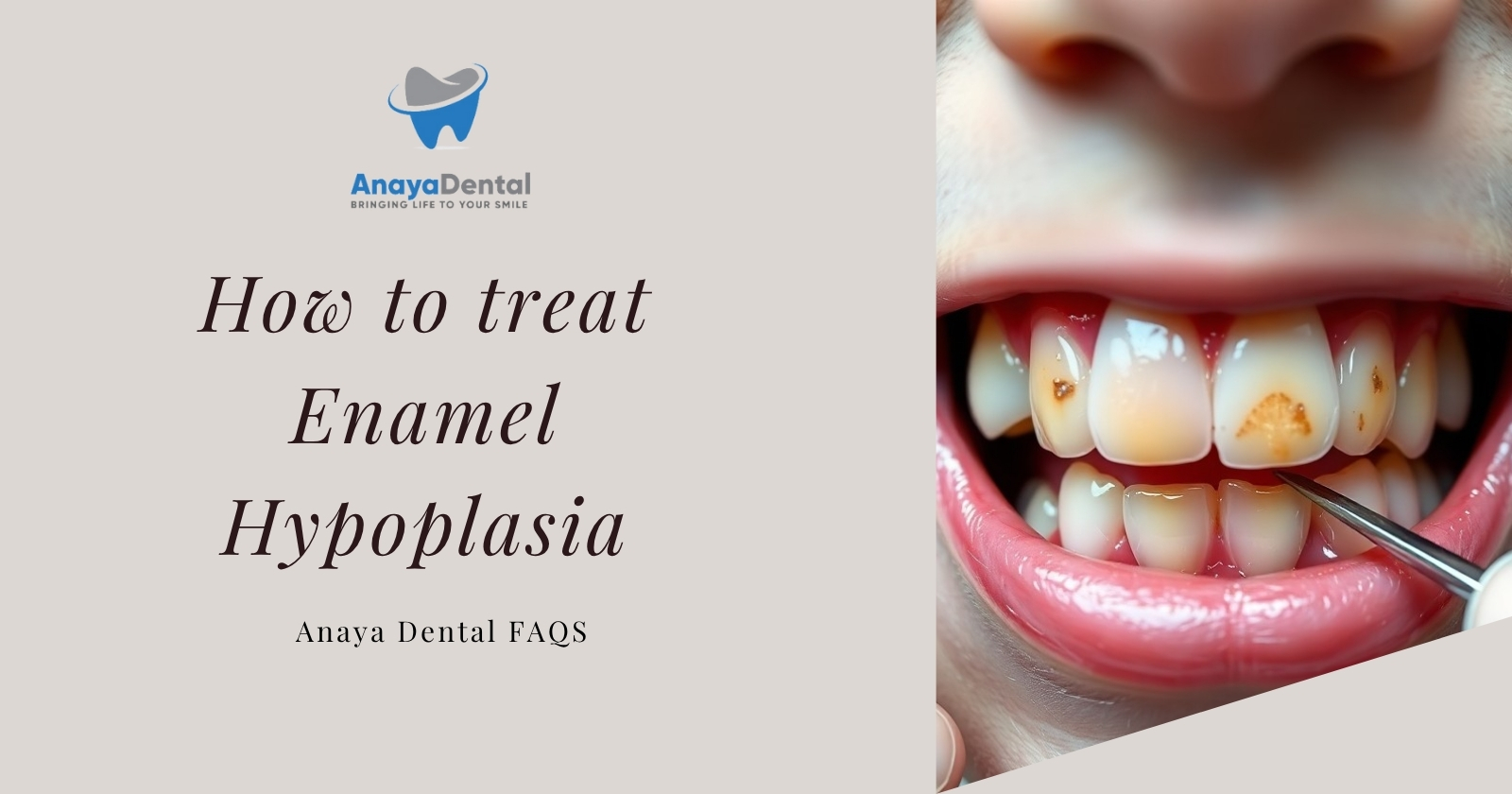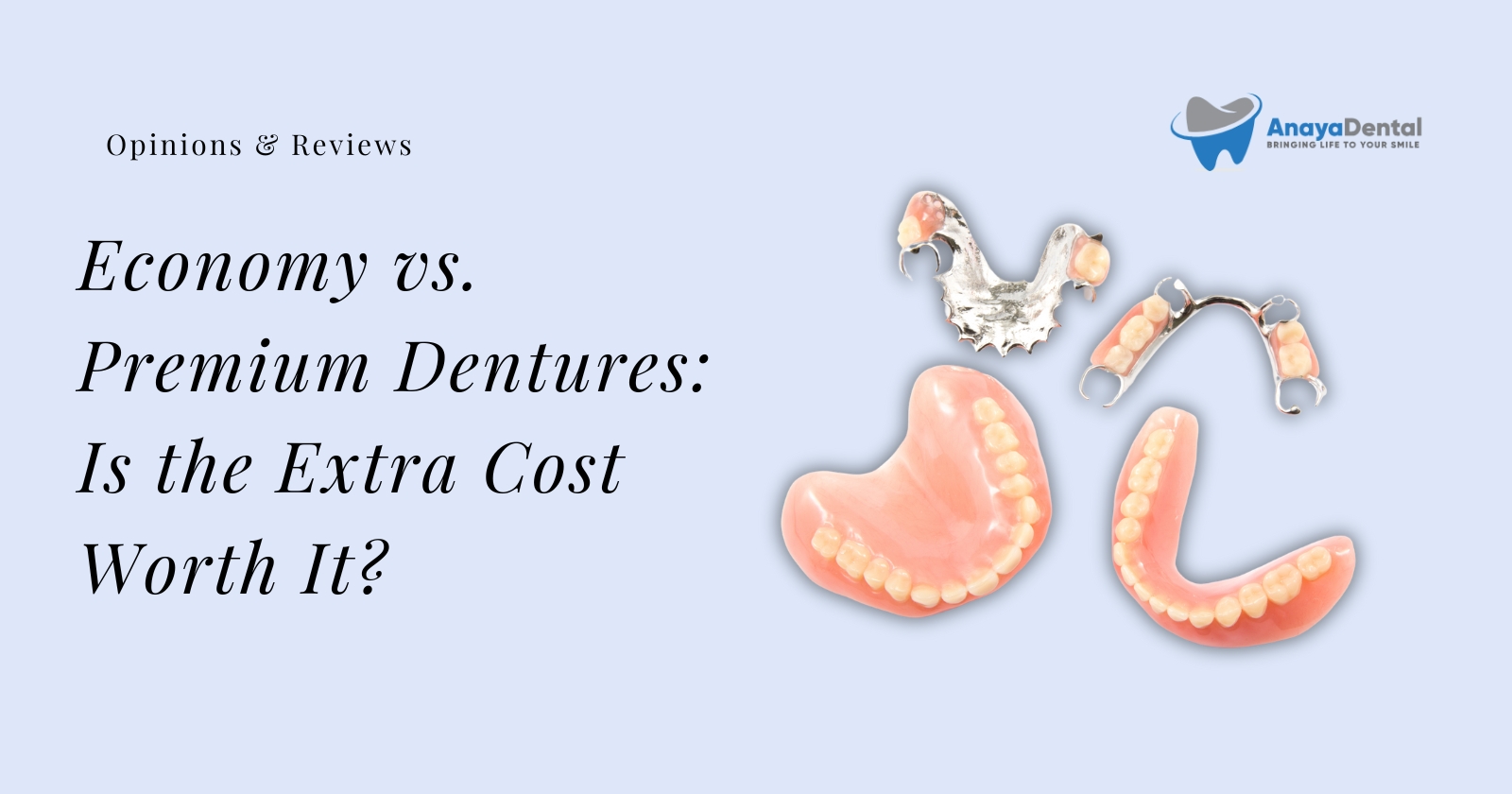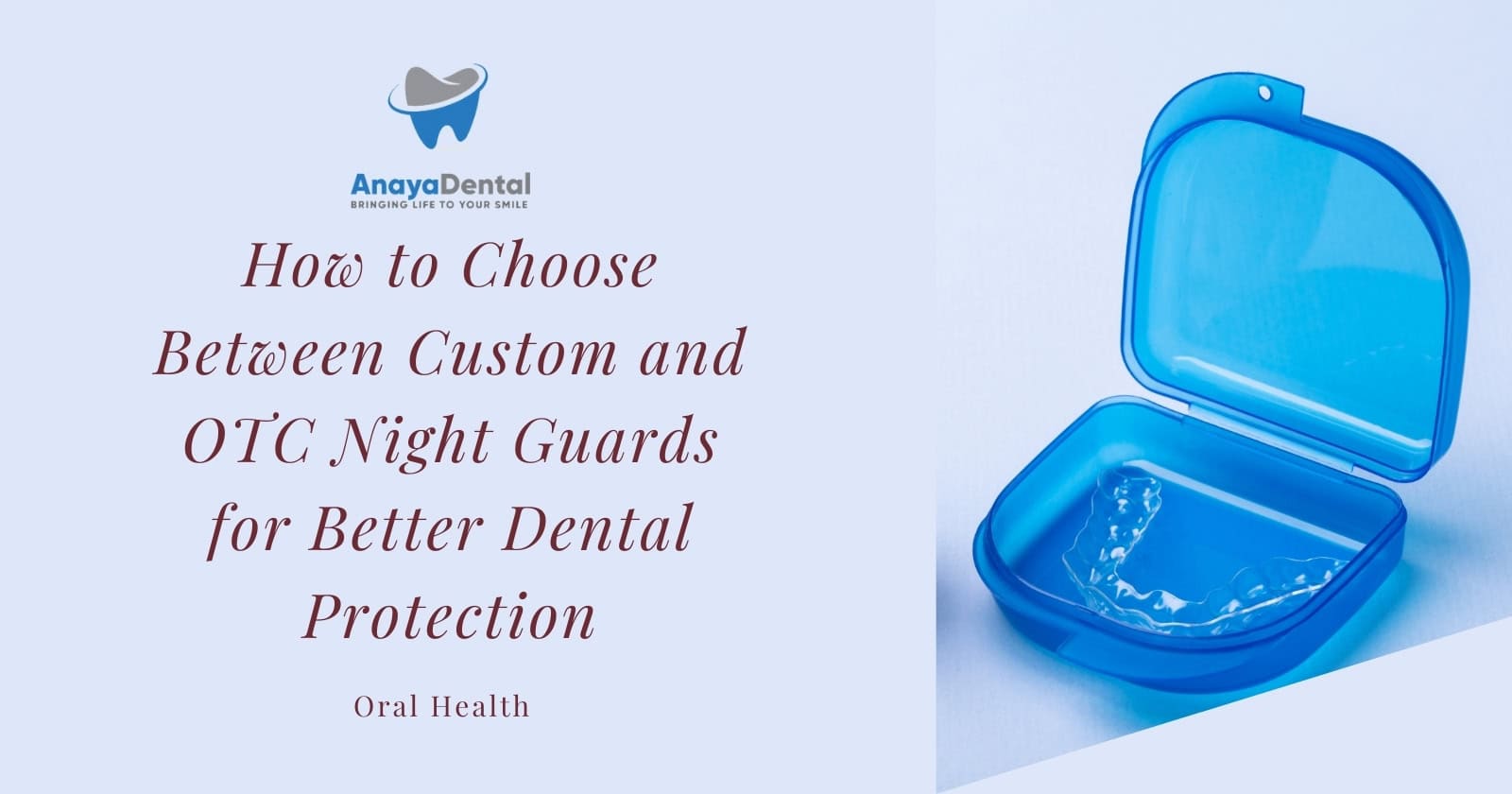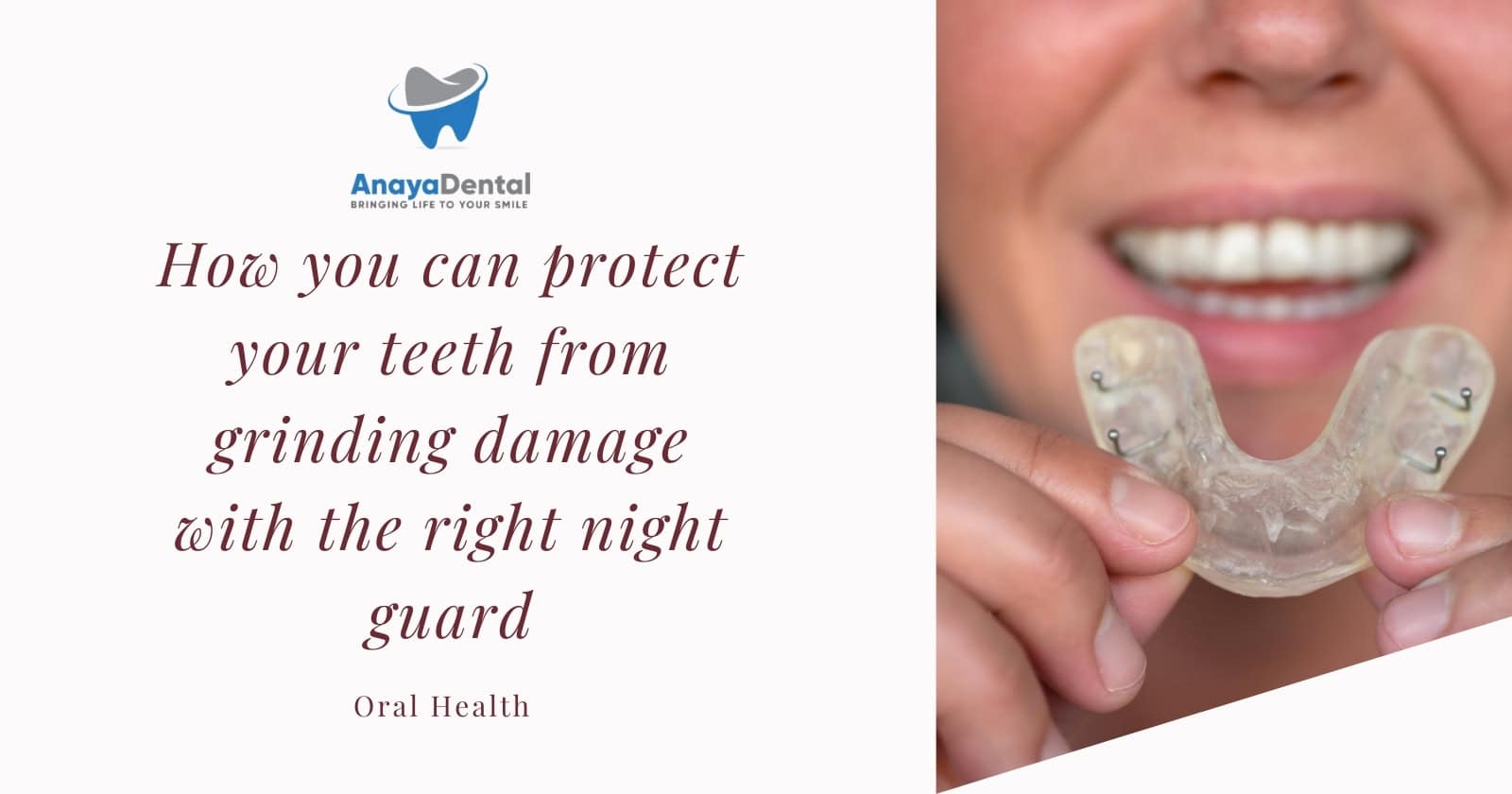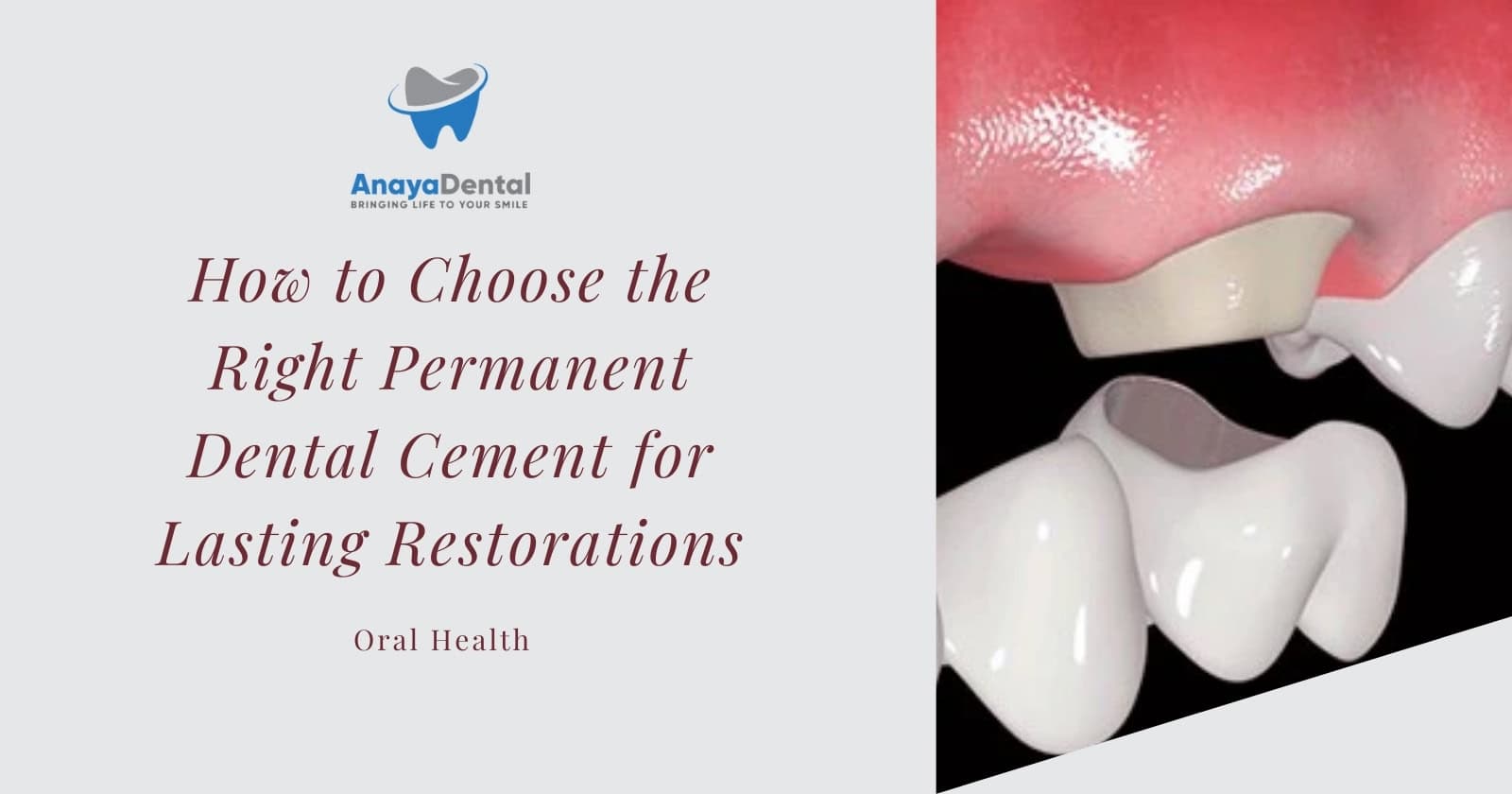Dental hygiene is vital for maintaining healthy teeth and gums, and incorporating dental floss into your routine can significantly enhance your oral care. To effectively use dental floss, you’ll need to gently slide the floss between your teeth to remove plaque and food particles that brushing might miss. Make sure to wrap the floss around your fingers for better control, and be cautious to avoid injuring your gums. With proper technique, using dental floss not only helps prevent cavities but also promotes overall oral health, giving you a brighter, healthier smile.
Key Takeaways:
- Choosing the right type: Select a dental floss that suits your needs, such as waxed or unwaxed, flavored or unflavored.
- Technique matters: Use a gentle sawing motion to slide the floss between your teeth, avoiding hard snapping to prevent gum injury.
- Length of floss: Break off about 18-24 inches of dental floss for optimal use, allowing enough to wrap around your fingers for better grip.
- Thorough cleaning: Curve the floss around each tooth in a C-shape and gently slide it beneath the gum line to remove plaque and debris.
- Regularity: Make dental flossing a part of your daily oral hygiene routine to maintain healthy gums and prevent cavities.
The Importance of Dental Floss
To maintain optimal oral health, it’s vital that you incorporate dental floss into your daily routine. This simple tool effectively removes food particles and plaque from areas that your toothbrush may struggle to reach, helping to prevent cavities and gum disease. Regular flossing not only enhances your dental hygiene but also contributes to better overall health, as poor dental health can lead to serious systemic issues.
Benefits of Using Dental Floss
An effective flossing routine significantly reduces your risk of periodontal disease and enhances your smile by preventing tooth decay. By using dental floss daily, you improve your breath and create a healthier environment in your mouth. Additionally, flossing can save you money in the long run by reducing the need for costly dental treatments.
Try Our Dental Calculators
Common Misconceptions
Dental floss is often underestimated when it comes to oral care. Some people believe that if they brush regularly, flossing is unnecessary. This could not be further from the truth.
A common misconception is that brushing alone is adequate for maintaining oral health; however, plaque can still accumulate between teeth despite regular brushing. Many also think that flossing is painful or difficult, which can discourage individuals from adopting the habit. In reality, a gentle technique can make it comfortable and highly effective. Another false belief is that only people with dental issues need to floss, but everyone should floss daily to prevent future problems and ensure lasting dental health.
Choosing the Right Dental Floss
If you want to achieve optimal oral hygiene, selecting the right dental floss is necessary. The variety of options available caters to different needs and preferences, so understanding what suits your specific requirements will aid your decision-making process.
Types of Dental Floss
There’s a range of dental floss types designed for various users:
| Waxed Floss | Glides smoothly between teeth. |
| Unwaxed Floss | Thinner, traditional option. |
| Flavored Floss | Makes flossing more enjoyable. |
| Dental Tape | Wider for larger gaps. |
| Super Floss | Great for braces or dental work. |
Thou should consider your dental needs while exploring various options!
Factors to Consider
On your journey to choose dental floss, keep the following factors in mind:
- Personal Dental Needs – Assess your gum sensitivity and tooth spacing.
- Comfort – Find a floss type that feels good in your hands.
- Material – Consider whether you prefer natural or synthetic fibers.
- Price – Choose a floss that fits your budget.
- Packaging – Look for convenient packaging for ease of use.
Recognizing your specific needs will make the selection process smoother.
Another aspect to pay attention to is the type of floss dispenser. You may opt for a traditional container, which may help minimize waste, or a floss pick for easy handling. Each method has its merits, depending on how often you floss and your ease of use preferences. The thickness of the floss can also impact your experience, especially if you have tight spaces between your teeth. Ultimately, making the right choice will make flossing a more consistent part of your oral hygiene routine. By being aware of all these factors, you create a pathway for better oral health.
- Dispenser Type – Traditional vs. floss pick.
- Thickness – Affects effectiveness in tight spaces.
- Ease of Use – Comfort is key.
- Regularity – How often you floss matters.
- Oral Health Goals – Match your floss choice with your goals.
Recognizing these points will enhance your flossing experience.
How to Properly Use Dental Floss
Your technique for using dental floss can significantly impact your oral health. Ideally, you should aim to floss at least once a day, ensuring that you clean between your teeth thoroughly to remove plaque and food particles that brushing alone might miss. Proper usage not only enhances your smile but also helps prevent cavities and gum disease.
Step-by-Step Instructions
To effectively use dental floss, follow these simple steps:
| Step | Description |
| 1 | Cut about 18 inches of dental floss. |
| 2 | Wrap the ends around your fingers, leaving a few inches in between. |
| 3 | Gently slide the floss between your teeth. |
| 4 | Curve the floss around each tooth, wiping the sides. |
| 5 | Use a clean section of floss for each tooth. |
Tips for Effective Flossing
For the best results while flossing, incorporate these helpful tips:
- Use about 18 inches of floss for more maneuverability.
- Be gentle to avoid injuring your gums.
- Consider using a floss holder for added control.
- Floss before brushing to ensure maximum plaque removal.
Perceiving these tips will enhance your flossing routine and contribute to a healthier mouth.
Flossing can significantly improve your oral hygiene when done correctly and consistently. Make sure to use a technique that allows you to clean thoroughly between all your teeth. Utilizing certain types of floss, such as waxed or unwaxed, can also make the process smoother. You may want to explore flavored floss for a more pleasant experience. Additionally, if you find your gums bleeding, this may indicate an underlying issue. Ultimately, proper flossing will greatly assist you in maintaining your overall oral health.
- Use proper technique to avoid bleeding gums.
- Choose the right type of floss that suits your needs.
- Incorporate flossing into your daily routine.
- Consider consulting a dentist for recommendations.
Perceiving these tips and strategies can make a big difference in your dental care routine.
Flossing Techniques for Different Needs
After identifying your specific dental needs, such as braces or sensitive gums, you can tailor your flossing technique to ensure effective cleaning. Use various tools and methods like traditional dental floss, floss threaders, or interdental brushes to accommodate your unique requirements. The right technique will enhance plaque removal and promote healthier gums, contributing to overall oral health.
Flossing for Braces and Dental Work
You should invest in a floss threader or use orthodontic floss designed specifically for braces and dental appliances. These tools help you navigate around brackets and wires effectively, ensuring that you remove debris and plaque buildup without damaging your dental work.
Flossing for Sensitive Gums
Flossing is imperative for maintaining healthy gums, especially when you’re dealing with sensitivity. Use a gentle touch and opt for waxed dental floss or dental tape, as it glides more easily between your teeth, minimizing discomfort. Rinse with an alcohol-free mouthwash afterward to reduce irritation.
Flossing consistently for sensitive gums can help alleviate inflammation and promote healing. It’s important to avoid aggressive movements that could exacerbate your sensitivity, opting instead for a gentle, slow approach. You may also consider using a water flosser to complement your routine, as it can provide relief by lessening direct contact with your gums while still clearing out food particles and plaque. Keeping up your flossing habits is imperative for achieving long-term gum health.
Frequency and Timing of Flossing
Unlike brushing, which you should do twice a day, flossing requires a bit more flexibility. You should incorporate it into your daily routine, as this helps maintain optimal oral health and prevents plaque buildup between your teeth. Flossing ensures that you tackle those hard-to-reach areas that your toothbrush may miss. When performed consistently, it can significantly enhance your overall dental hygiene.
How Often Should You Floss?
Now, the general consensus among dental professionals is to floss at least once a day. This practice helps to effectively remove food particles and plaque from between your teeth, reducing the risk of gum disease and cavities. Flossing daily ensures that you maintain a healthy mouth and reinforce your brushing efforts.
Best Times to Floss
Often, the best times to floss are either in the morning after breakfast or at night before bed. Choosing a consistent time makes it easier to build the habit into your daily routine. Flossing before bedtime is particularly beneficial as it removes any food debris accumulated throughout the day, allowing your gums to recover overnight.
This can significantly impact your oral health. Flossing at night not only keeps your gums healthier but also reduces the risk of cavities. Additionally, flossing in the morning can refresh your mouth and support your overall hygiene routine. When you make flossing a priority during these key times, you actively combat issues like gum disease and bad breath, promoting a healthier smile.
Additional Oral Hygiene Tips
For optimal dental health, complement your routine with important habits. Maintain a balanced diet rich in vitamins and minerals, be consistent with your brushing and flossing, and visit your dentist regularly for check-ups. Consider these additional practices:
- Use mouthwash to eliminate bacteria
- Choose fluoride toothpaste for added protection
- Stay hydrated to promote saliva production
- Limit sugary snacks to protect enamel
Any small adjustment can significantly enhance your oral hygiene routine.
Complementing Flossing with Other Practices
Practices such as using an interdental brush or a water flosser can enhance your dental care game. Interdental devices reach areas traditional floss may miss, while water flossers provide an effective way to flush out debris and bacteria. Together, these tools can complement flossing and improve your overall oral health.
Recognizing Signs of Oral Health Issues
While caring for your teeth, being aware of possible signs of oral health issues is imperative. Look for any persistent discomfort, bleeding gums, or changes in taste. If you notice swelling, tooth sensitivity, or bad breath that doesn’t go away, these could indicate underlying problems requiring professional attention.
A strong focus on your oral health can prevent serious issues down the line. Pay close attention to changes in your mouth, such as unexplained pain, persistent bad breath, or changes in the appearance of your gums. Early intervention can help avoid more significant problems, ensuring a brighter, healthier smile.
To wrap up
Drawing together the steps on how to use dental floss, you can significantly improve your oral hygiene routine. Start by cutting a piece of floss about 18 inches long and wind it around your fingers for better control. Gently guide the floss between your teeth, forming a C-shape around each tooth to remove plaque and debris. Be sure to repeat this for every tooth, including the back ones, while using a clean section of floss for each. By incorporating this practice into your daily routine, you contribute to healthier gums and a brighter smile.
FAQ
Q: What is dental floss, and why should I use it?
A: Dental floss is a thin, flexible piece of string made from nylon or Teflon that is designed to remove food and plaque from between your teeth and along the gum line where a toothbrush may not reach effectively. Using dental floss daily helps maintain oral hygiene, prevents gum disease, and reduces the risk of cavities.
Q: How do I properly use dental floss?
A: To use dental floss correctly, follow these steps: 1. Cut about 18 inches of dental floss and wind the ends around your middle fingers, leaving a few inches of floss in between. 2. Hold the floss tightly with your thumbs and index fingers. 3. Gently slide the floss between your teeth, curving it around each tooth in a C-shape. 4. Move the floss up and down against the tooth surface and below the gum line. 5. Use a clean section of floss for each tooth to avoid spreading bacteria.
Q: How often should I use dental floss?
A: It is recommended to use dental floss at least once a day. Many people find it convenient to floss in the evening before brushing their teeth, but the timing can be adjusted to fit your personal routine. The key is to be consistent to effectively remove food particles and plaque build-up.
Q: Are there different types of dental floss, and which one should I choose?
A: Yes, there are several types of dental floss available, including waxed, unwaxed, flavored, and tape floss. Waxed floss is easier to slide between tight teeth, while unwaxed floss may be preferred for its thinner profile. Flavored floss can make the experience more enjoyable. Choose the type that feels most comfortable for you and meets your specific dental needs.
Q: Can I use alternatives to dental floss, such as interdental brushes or water flossers?
A: Yes, interdental brushes and water flossers are effective alternatives to traditional dental floss. Interdental brushes can fit between teeth to remove plaque and food particles, while water flossers use a stream of pulsating water to clean between teeth and along the gum line. However, it’s vital to consult your dentist to determine the best option for your oral health needs, as not all methods may be suitable for everyone.
